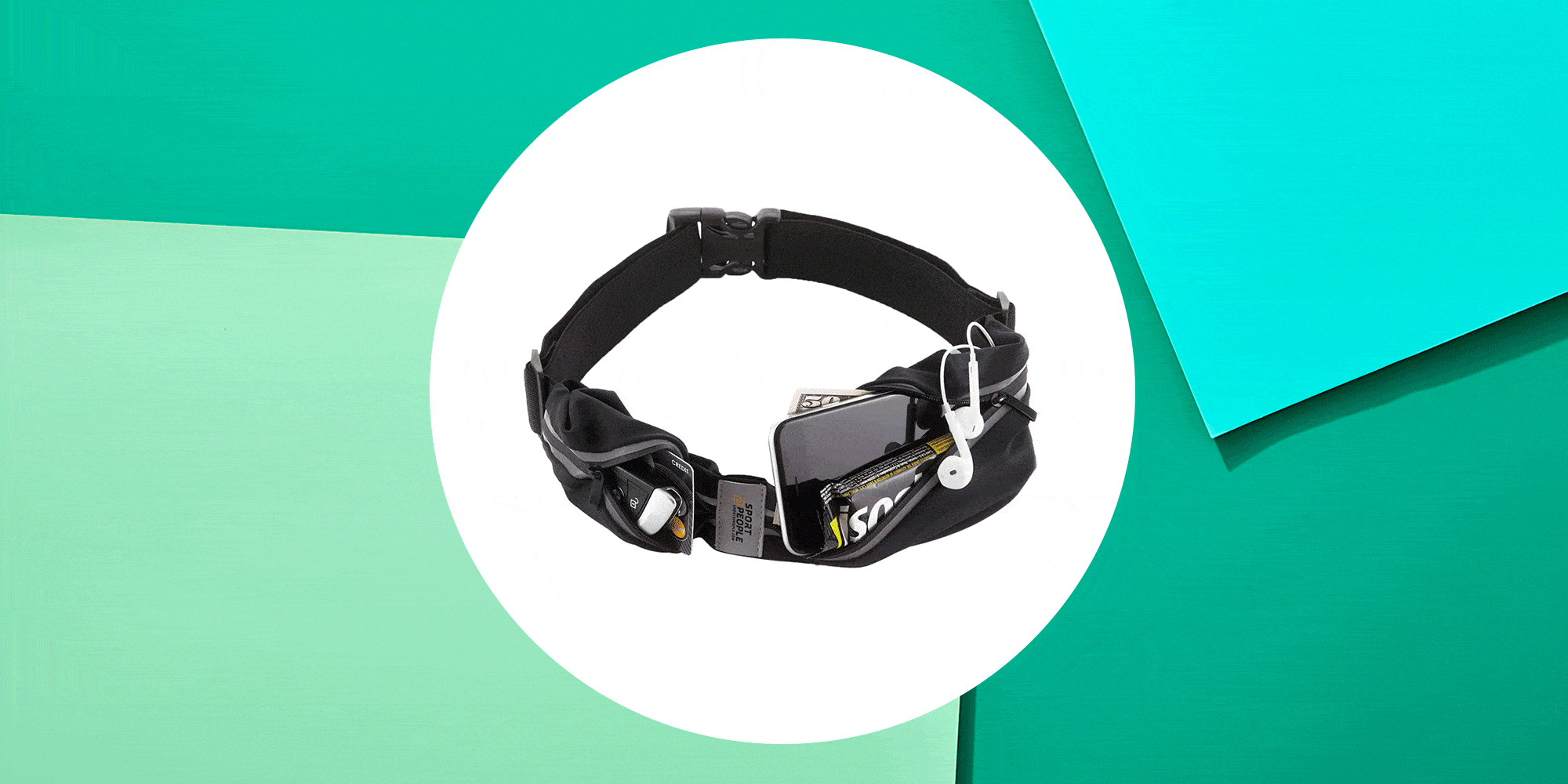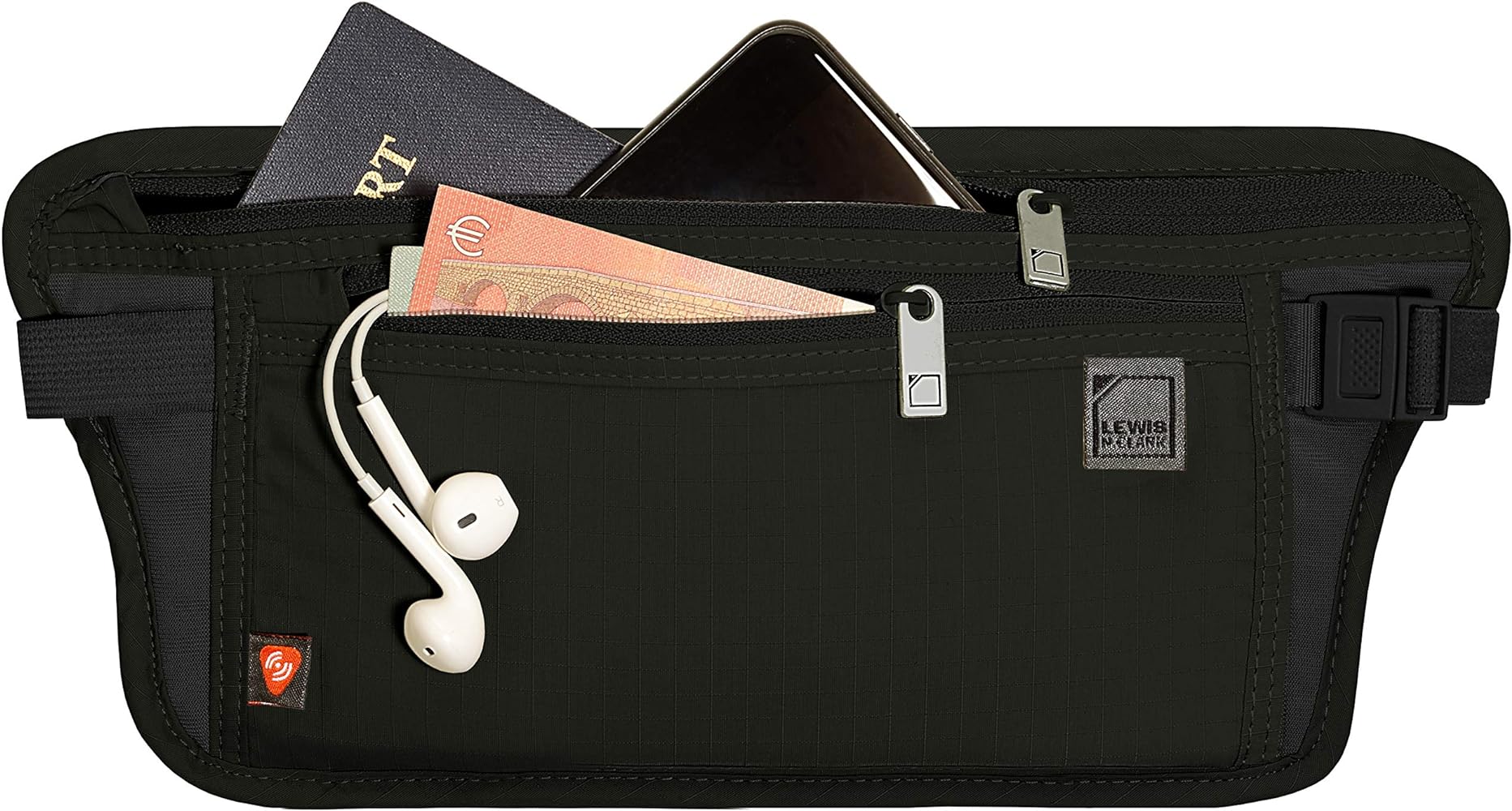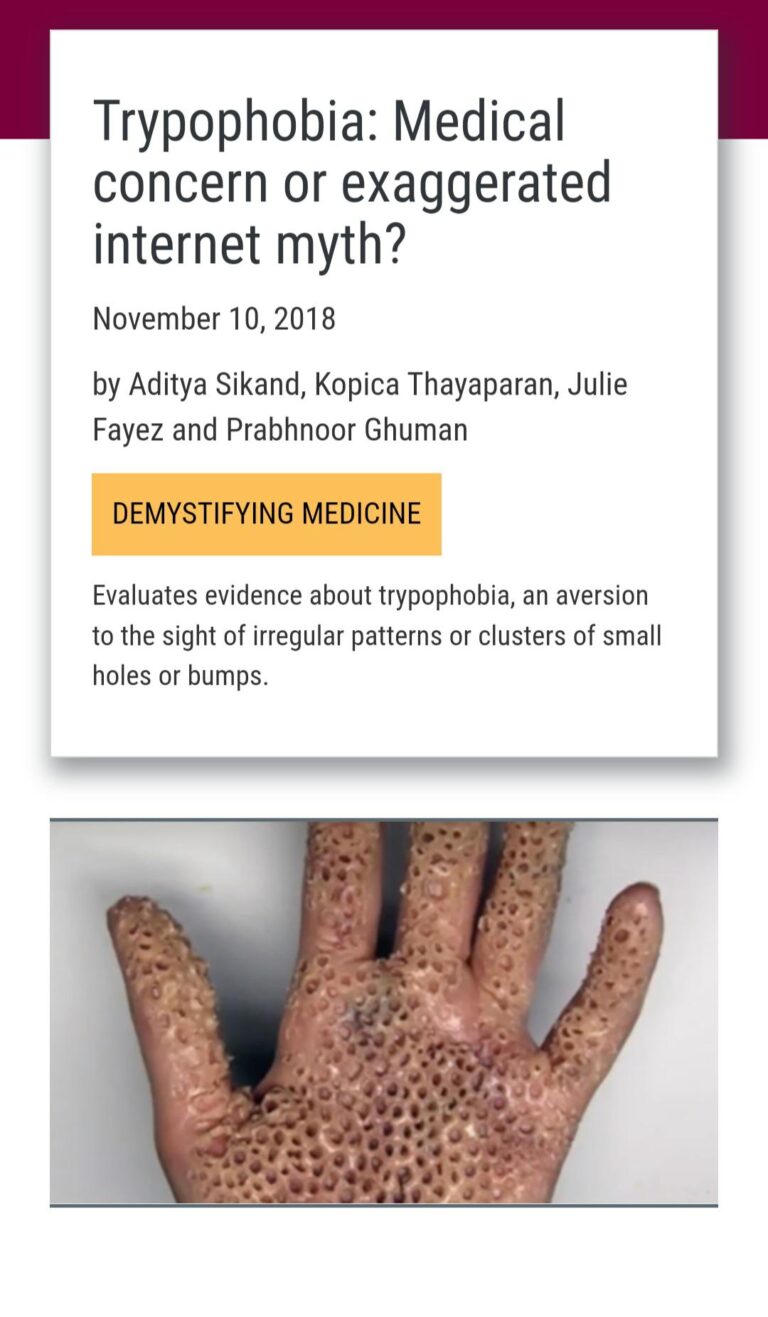Doggie Bag Vs Leftovers: What’s Better for Your Wallet & Waistline
Last Updated on May 13, 2024 by Petpalace54
Doggie bags are intended for taking home leftovers from restaurants, while leftovers refer to food not consumed during a meal. Both options can be frugal and reduce waste, but doggie bags are designed specifically for this purpose.
In today’s world, minimizing waste and saving money are two significant priorities. When dining out, people may get carried away with their orders and end up with an empty wallet and a surplus of food. To combat this issue, the concept of doggie bags and leftovers comes into play.
Doggie Bag Vs Leftovers: What’s Better for Your Wallet & Waistline Doggie bags are not only economical but also environmentally friendly since they reduce food waste. Additionally, having leftovers is an excellent way to enjoy a restaurant’s delicious cuisine again, without having to pay twice. We’ll analyze doggie bags vs leftovers and their benefits and provide some guidelines for handling them.
Table of Contents
Understanding Doggie Bags
When it comes to dining out, there are always leftovers to take home, and this is where doggie bags come in handy. In this article, we will delve into the definition, history, & etiquette of doggie bags.
Definition Of A Doggie Bag
A doggie bag is simply a disposable container used to pack leftover food at restaurants. The name “doggie bag” was coined in the 1940s, a time when dog owners used to take leftover food home from restaurants to feed their pets.
The History Of Doggie Bags
The history of doggie bags can be traced back to the 1940s when Americans started to eat out more often. During this time, food was rationed, and many people couldn’t afford to waste any food. People would take home their leftovers to feed their pets, so the idea of a “doggie bag” was born.
The craze for doggie bags soon caught on, and by the 1950s, it became an accepted practice in restaurants across the United States. Today, doggie bags are widely used, and most restaurants usually provide them upon request.
The Etiquette Of Asking For A Doggie Bag
Asking for a doggie bag can be a tricky affair & one that requires some level of etiquette. Here are some tips to ensure you ask for a doggie bag the right way:
| DO | DON’T |
|---|---|
|
|
Remember, it’s always a good idea to ask your server if it’s okay to take your leftovers home. Some restaurants have policies against doggie bags, so it’s best to check first.
In conclusion, doggie bags are a convenient and practical way to prevent food waste. By understanding the definition, history, & etiquette of doggie bags, you can enjoy your dining experience fully while taking home delicious leftovers to enjoy later.
Benefits Of Doggie Bags
Have you ever been to a restaurant and couldn’t finish your meal? Instead of leaving the leftovers on your plate, you can ask for a doggie bag. This simple solution has some great benefits that you may not have thought of before.
How Doggie Bags Can Save You Money
When you order a meal at a restaurant, you are paying for the food, service, and atmosphere. If you don’t finish your meal, you are essentially wasting part of your investment. By asking for a doggie bag, you can take the remainder of your meal home & enjoy it again later. This can save you money by allowing you to get a second meal out of the original purchase.
How Doggie Bags Can Help Reduce Food Waste
Food waste is a growing problem in our society. By using doggie bags, you can do your part to help reduce this issue. Instead of throwing away perfectly good food, you can take it home & enjoy it later. This not only helps reduce waste, but also helps you get the most out of your food purchases.
How Doggie Bags Can Help With Portion Control
Portion control is an important part of a healthy diet. Restaurants are notorious for serving oversized portions, which can lead to overeating. By using a doggie bag, you can control your portion sizes and ensure that you are only eating what you need. This can help you maintain a healthy lifestyle and avoid overindulging.
In conclusion, doggie bags are a simple yet effective solution to many problems. By using them, you can save money, reduce food waste, and maintain portion control. So, the next time you’re at a restaurant and can’t finish your meal, don’t be afraid to ask for a doggie bag.
Drawbacks Of Doggie Bags
While taking leftovers home in a doggie bag is common practice in many cultures, there are some drawbacks to consider. These range from concerns about food safety to restrictions put in place by some restaurants.
Potential Food Safety Issues
When it comes to taking restaurant meals home, it’s important to consider the risks of food-borne illnesses. Inadequate food storage and transportation can lead to the growth of dangerous bacteria in the leftovers, which can cause you to become sick.
If you’re planning on taking leftovers home with you, it’s important to ensure that the food is stored in an appropriate container. This may mean transferring your food into a clean container with a tight-fitting lid to help protect it during transportation.
Some Restaurants May Not Allow You To Take Home Leftovers
While many restaurants are happy to pack up your leftovers to take home, some have policies in place forbidding it. These restrictions may be for health and safety reasons, such as if the restaurant operates under a Hazard Analysis & Critical Control Points (HACCP) plan, which dictates how leftover food must be handled.
Other restaurants may simply prefer that their food is consumed on-site, perhaps to maintain the quality of the experience for patrons who dine in. Whatever the reason, it’s always worth checking with your server or the manager if you’re unsure whether you’ll be allowed to take your food home with you.
Understanding Leftovers
In today’s fast-paced world, most of us lead busy lives, and cooking in bulk is a smart way to save time in the kitchen. However, it is not easy to finish all the meals we cook. This leads to the leftover, which used to go to the trash in the past. Though the food waste issue is still prevalent today, more people are understanding the benefits of leftovers, both for their wallets and the environment.
Definition Of Leftovers
Leftovers refer to the remaining food items after a meal that is not served or eaten at the time. They can be stored in the fridge for later consumption or thrown away, depending on the person’s preference.
The History Of Leftovers
A long time ago, throwing away leftover food was not an option since people had to work hard to obtain their food. However, as technology and agriculture progressed, food became more abundant and cheaper. This led to wasteful practices. People have become less worried about wastage, but there is a resurgence of the concept of reusing food scraps & leftovers today.
The Benefits Of Leftovers
There are numerous benefits of leftovers:
| Benefits | Explanation |
|---|---|
| Reducing food waste | By reusing leftovers, we can reduce the amount of food we waste. |
| Maintaining the nutritional value of food | Although some nutrients are lost when storing or reheating leftover foods, it is still better than throwing them away. |
| Saving time & money | Reusing leftovers by transforming them into new dishes saves time and money at the grocery store. |
Overall, leftovers have a lot of advantages, both for the environment & the economy. Instead of throwing away the food, we can reuse it and save money at the same time.
Benefits Of Leftovers
Leftovers can be a great option for a quick meal. Not only is it cost-effective, but it’s also a great way to reduce food waste. However, when it comes to doggie bags from restaurants, it’s important to make sure the food has been stored properly to avoid the risk of food poisoning.
As pet parents, we all want to provide the best quality food to our furry friends. But what happens when we end up with more food than our dogs can consume in one meal? In such situations, we often face the dilemma of whether to put the leftovers in a Doggie bag or simply store them as leftovers. If you’re someone who wonders about the benefits of keeping leftovers, then this section is for you. Below are some of the top benefits of preserving leftovers.
How Leftovers Can Save You Money
Preserving the leftovers from your dog’s meal is a wise choice, as it can save you a considerable amount of money in the long run. Reusing the leftover food can help reduce the frequency of purchasing pet food, which ultimately results in saving your hard-earned money. Whether you choose to include the leftovers in the next meal or feed them as treats, it’s an effective way to minimize the cost of feeding your beloved fur ball.
How Leftovers Can Help Reduce Food Waste
By choosing to preserve your dog’s leftovers, you are contributing to reducing food waste. With an increase in awareness of environmental issues, reducing food waste has become a crucial factor in making eco-conscious decisions. Every day, we waste tons of food that goes to landfills, contributing to environmental degradation. By preserving leftovers, we minimize food waste and reduce our impact on the environment.
How Leftovers Can Help With Portion Control
Portion control is essential in ensuring that our furry friends maintain a healthy weight. By preserving leftovers, we can ensure that we provide our dogs with the right portion sizes, preventing overfeeding. When we preserve leftovers, we can weigh and measure the amounts and feed our pets based on their recommended serving size. This is particularly beneficial for pet parents with dogs that are on a strict diet or those that are prone to weight gain.
In conclusion, preserving leftovers can be a sensible decision both for financial and environmental reasons. Moreover, it can be beneficial for your dog’s health and weight management. By preserving the leftovers, you can contribute to reducing food waste, save money, & ensure that your pet eats the right portion sizes.

Credit: www.amazon.com
Drawbacks Of Leftovers
Leftovers can be a convenient way to save money, reduce food waste, and enjoy a tasty meal at a later stage. However, there are several potential drawbacks to consider when consuming leftovers.
Potential Food Safety Issues
When food is not stored or reheated correctly, it increases the risk of foodborne illnesses such as salmonella & listeria. These bacteria can grow quickly in certain food types, particularly in those that contain high protein or moisture levels.
To avoid potential food safety issues, it is essential to store leftovers in airtight containers in the refrigerator or freezer and use them within a reasonable timeframe. Reheat leftovers thoroughly and make sure they reach a safe temperature before serving.
Some People May Not Enjoy Leftovers
While some people find leftovers convenient and tasty, others may prefer freshly prepared meals. The taste & texture of some foods can change when reheated, making them less enjoyable. Additionally, some people may have a negative association with eating leftovers, such as bad experiences from childhood or cultural beliefs.
Therefore, it is crucial to consider individual preferences when making the decision to consume leftovers or opt for a doggie bag.
Hence, when it comes to consuming leftovers, it’s essential to take appropriate measures for food safety, such as correct storage, reheating, & proper handling. Additionally, it is important to consider individual preferences when deciding on leftovers or doggie bags.
Doggie Bag Vs Leftovers: Which One Is Better?
After dining out, there are typically two outcomes: a) having leftovers or b) requesting a doggie bag. Both options have their pros and cons, and it can be challenging to determine which is a better choice.
Factors To Consider When Making A Decision
When it comes to determining whether you should take leftovers or doggie bags home from a restaurant, there are several factors to consider:
- The type of food: Some foods reheat well, while others don’t. For instance, a steak or pasta dish might fare better as leftovers than sushi.
- The restaurant’s reputation: If you’ve never dined at a particular restaurant before & aren’t sure of the quality, it might be best to avoid the leftovers as you don’t want to risk food poisoning.
- Your schedule: If you don’t have time to eat leftovers within a day or two, it might be best to leave them at the restaurant, especially if there’s no guarantee they’ll hold up in the fridge.
- The distance to your home: If you live far away from the restaurant, the leftovers may not hold up during the trip home, leading to spoilage and food waste.
Tips For Safely Storing Leftovers Or Using Doggie Bags
Whether you decide to take leftovers or a doggie bag home, it’s essential to store it safely to prevent foodborne illness. Here are some tips:
| Leftovers | Doggie Bags |
|---|---|
|
|
Ultimately, whether you decide to take Doggie Bag Vs Leftovers bag home is up to you. However, by considering the factors mentioned above and following proper storage precautions, you can enjoy your meal without worrying about getting sick.

Credit: www.womenshealthmag.com

Credit: www.treelinereview.com
Frequently Asked Questions On Doggie Bag Vs Leftovers
Do People Still Say Doggy Bag?
Yes, people still commonly say “doggy bag” when they need to take their uneaten restaurant food home.
What Do Americans Call A Doggie Bag?
In the United States, a “doggie bag” is the common term used to refer to the container provided by restaurants to diners to take home their leftover food.
Is It Impolite To Ask For A Doggy Bag At A Restaurant?
No, it’s not impolite to ask for a doggy bag at a restaurant. In fact, most restaurants are happy to provide one. It’s a good way to reduce food waste and save money. Just be polite & courteous when asking, and don’t take more than you can eat.
Why Is A To Go Box Called A Doggy Bag?
A to-go box is called a doggy bag because it was originally used to bring leftovers home for dogs. The term became popular in the 1960s, and since then, it has been used to refer to any kind of takeaway container.
Final Words
Doggie Bag Vs Leftovers: what should you pick? Based on the evidence presented, it is clear that choosing the right option for leftovers depends on the situation. In some cases, taking home leftovers in a doggie bag might be the most practical solution, while in others, simply enjoying the leftovers at home might be the better choice.
Ultimately, by carefully considering factors such as food safety, convenience, & personal preferences, diners can make informed decisions about how to handle their leftover food. So, the next time you find yourself with a plate full of uneaten food, consider your options carefully before making a decision.





